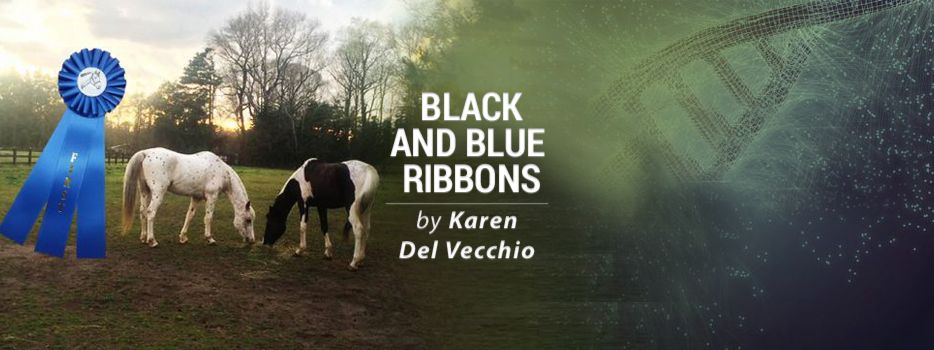Spotting a Sign of EDS in My Younger, Undiagnosed Self

Last weekend, I had a chance to go to my parents’ house for a while. They live only about 45 minutes away, but with everything I’ve had going on at work recently, I’ve been so busy I haven’t made it over there too often. I was hanging out and doing a few things when my dad came out of his office laughing, saying he needed to show me something.
Like most kids born in the 1980s, all of our home videos are on a variety of old tapes, from the large VHS tapes to the smaller VHS-C tapes that you put into a VHS converter to play. Wow, just saying that makes me feel old! My dad has been transferring all of these old videos to the computer so they can be saved and cataloged before the original tapes are too damaged by time to play anymore.
He had stumbled upon a video of my brother and me when my brother was about 4, and I was about 18 months. We were playing on our neighborhood playground, a cute little set with a walking path around it that also passed in front of all the townhouses. I was originally too busy watching my brother, who was zooming around the screen with abandon, to really pay much attention to myself.
Then, I watched as I started to wander away from the playground and down the path toward my dad, who was behind the video camera. Mind you, I haven’t seen any of these videos for years, if ever, so it was the first time I saw them knowing I have Ehlers-Danlos syndrome.
Right away, I noticed how different my gait was from an average child. I walked and tottered about with legs that snapped out super straight with each stride, and it was immediately obvious to me that my walking has always been affected by my EDS. When I was diagnosed at 22 and went to physical therapy specifically with that in mind, one of the first things my therapists noticed was that I needed to relearn how to walk.
As my therapists watched me, they pointed out how at the end of each step, when my leg extended, my knees locked out straight to compensate for my loose tendons and ligaments. Without my knees performing their normal stabilizing function well, my body compensated by balancing on the joint itself, leading to hyperextension at the end of each step.
When my therapists began to teach me how to walk properly, it felt at first like I was crouching as I walked; even a slight bend in my knee at the end of each stride felt completely foreign and bizarre to me. Now, thankfully, it’s become a habit, and I only revert to that damaging straight-leg ending to my walk when I’m getting really tired.
I was completely fascinated to see how that compensatory gait has clearly been present since I learned to walk. At the time, no one even noticed it, because most toddlers go through a phase where their walking is a bit odd. Looking back now and knowing I have EDS, however, it was immediately obvious that my movement was a direct result of my EDS.
It was actually kind of neat to see it manifest in me as a small child, decades before I’d become aware of it. I may not have known I had it then, but my body sure did.
***
Note: Ehlers-Danlos News is strictly a news and information website about the disease. It does not provide medical advice, diagnosis, or treatment. This content is not intended to be a substitute for professional medical advice, diagnosis, or treatment. Always seek the advice of your physician or other qualified health provider with any questions you may have regarding a medical condition. Never disregard professional medical advice or delay in seeking it because of something you have read on this website. The opinions expressed in this column are not those of Ehlers-Danlos News or its parent company, Bionews, and are intended to spark discussion about issues pertaining to Ehlers-Danlos.







Leave a comment
Fill in the required fields to post. Your email address will not be published.